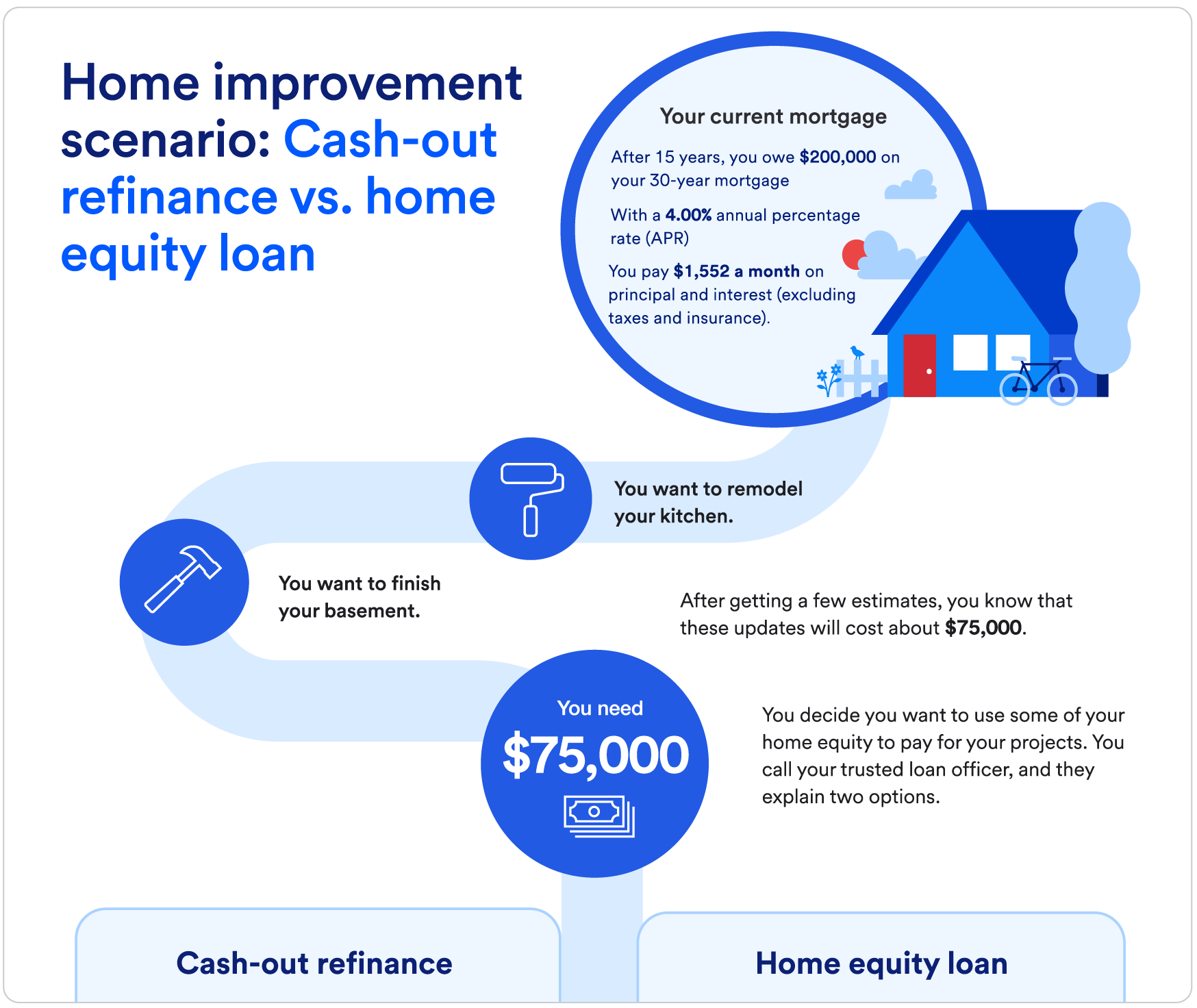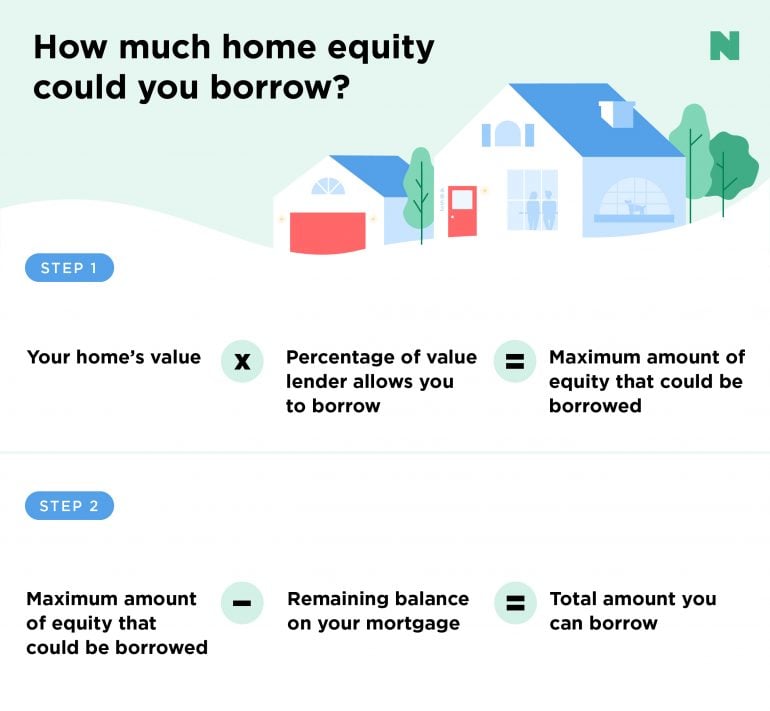How to Avoid Pitfalls with Equity Release Mortgages
How to Avoid Pitfalls with Equity Release Mortgages
Blog Article
Checking Out the Various Types of Equity Release Mortgages Available Today
Equity Release home mortgages present numerous alternatives for home owners aged 55 and over. equity release mortgages. These economic products cater to different demands and choices, allowing people to accessibility funds from their property. From lifetime home loans to common gratitude home loans, each kind provides distinct advantages. Understanding these choices is essential for making informed choices. What variables should one consider when choosing one of the most appropriate equity Release strategy? The information that comply with might clarify this vital subject
Comprehending Equity Release Mortgages
Equity Release home mortgages supply home owners, normally those aged 55 and over, with a way to access the value connected up in their residential or commercial property without needing to sell it. This financial option allows individuals to convert a section of their home equity right into cash money, which can be utilized for various objectives, such as home enhancements, settling debts, or financing retirement.Equity Release can take different forms, yet it essentially involves loaning against the value of the home while maintaining possession. House owners can choose to get a round figure or a series of smaller settlements, relying on their economic demands and preferences.Additionally, the amount available for Release is affected by the residential or commercial property's value, the home owner's age, and certain lender requirements. Generally, recognizing equity Release mortgages is necessary for homeowners to make educated decisions concerning taking advantage of their home's equity while thinking about the lasting implications.
Life time Mortgages
Life time home mortgages represent one of one of the most preferred kinds of equity Release. This economic product enables property owners, typically aged 55 or older, to borrow against the value of their home while keeping ownership. The lending, which is secured against the home, accrues interest gradually yet does not need monthly repayments. Rather, the loan and accrued rate of interest are paid back when the property owner passes away or moves into long-lasting care.Lifetime home loans use flexibility, as consumers can pick to receive a swelling sum or go with a drawdown center, accessing funds as required. Importantly, many strategies featured a no-negative-equity assurance, making certain that borrowers will certainly never ever owe even more than the value of their home. This feature gives comfort, enabling people to appreciate their retired life without the worry of diminishing their estate. On the whole, lifetime home loans function as a viable alternative for those seeking economic assistance in later life.
Home Reversion Program

Drawdown Life Time Mortgages
While lots of house owners seek means to access their wide range, drawdown lifetime mortgages provide a versatile option that permits people to Release funds slowly. This sort of equity Release mortgage allows property owners to obtain against the worth of their home while keeping possession. Unlike standard life time mortgages, drawdown strategies allow borrowers to access a portion of their equity upfront and withdraw added funds as required, up to a fixed limit.This feature can be particularly beneficial for those that wish to manage their funds carefully, as it decreases interest buildup by just charging rate of interest on the quantities drawn. Additionally, drawdown life time home loans usually come with a "no negative equity warranty," ensuring that customers will certainly never ever owe greater than their home's value. This option suits senior citizens that want monetary protection and adaptability, allowing them to satisfy unexpected expenditures or keep their way of life without needing to market their residential property.
Improved Lifetime Mortgages
Improved Life time Home loans offer distinctive benefits for eligible home owners looking for to Release equity from their buildings. Comprehending the eligibility criteria is vital, as it establishes that can take advantage of these specialized financings. However, it is likewise crucial to assess the possible disadvantages related to improved alternatives, making certain a well-rounded perspective on their usage.
Eligibility Requirements Explained
Recognizing the eligibility standards for Enhanced Life time Mortgages is essential for possible applicants looking for to access the equity in their homes. Usually, applicants must be aged 55 or older, as this age requirement is typical in the equity Release market. Homeowners should possess a residential or commercial property valued at a minimum threshold, which can vary by lending institution. Notably, the residential property needs to be their key house and in good condition. Lenders usually analyze the property owner's health and wellness standing, as particular health conditions may enhance more tips here qualification and benefits. Additionally, candidates should not have existing significant financial obligations safeguarded versus the building. Fulfilling these criteria allows people to discover Boosted Lifetime Home loans as a feasible choice for accessing funds bound in their homes.
Advantages of Improved Home Mortgages
After clarifying the qualification standards, it ends up being obvious that Improved Lifetime Home mortgages provide a number of significant advantages for house owners looking to take advantage of their building equity. Primarily, they give accessibility to a bigger finance quantity compared to basic lifetime home mortgages, benefiting those with wellness problems or age-related factors that increase their life expectations threat. This boosted loaning capacity allows property owners to meet different monetary needs, such as home enhancements or retirement expenditures. Additionally, these mortgages typically feature versatile settlement alternatives, making it possible for consumers to handle their funds better. The no-negative-equity guarantee even more assures that homeowners will never ever owe greater than their residential property's value, offering tranquility of mind. In General, Enhanced Lifetime Mortgages offer a compelling alternative for eligible home owners looking for monetary options.
Prospective Drawbacks Taken Into Consideration
While Enhanced Lifetime Home mortgages use countless site link benefits, potential downsides necessitate careful factor to consider. One significant worry is the impact on inheritance; the equity launched reduces the worth of the estate entrusted to beneficiaries. In addition, these mortgages can build up significant passion over time, bring about a substantial financial debt that might go beyond the original loan amount. There may also be constraints on home alterations or rental, limiting house owners' flexibility. Improved items frequently need details health conditions, meaning not all property owners will certify. Ultimately, taking care of the costs and fees related to these home mortgages can be intricate, potentially leading to unanticipated prices. As an outcome, individuals must extensively evaluate their situation and seek advice from economic consultants before continuing.
Shared Admiration Home Loans
Shared Gratitude Mortgages represent an one-of-a-kind financial arrangement that permits homeowners to access equity while sharing future home worth boosts with the lender. This strategy supplies prospective benefits such as lowered regular monthly payments, yet it additionally features disadvantages that must be meticulously taken into consideration. Comprehending the qualification requirements is crucial for those curious about this option.
Principle Review
Equity Release home loans, particularly in the kind of common gratitude home mortgages, offer homeowners a distinct monetary remedy that permits them to gain access to funds by leveraging the value of their property. In this plan, a loan provider offers a funding to the property owner, which is normally paid off via a share of the building's future gratitude in worth. This indicates that when the home owner markets the home or passes away, the lender obtains a percentage of the boosted value, as opposed to just the first funding quantity. Shared recognition home mortgages can be appealing for those wanting to supplement their income or financing substantial costs while preserving ownership of their home. The economic implications of common appreciation should be carefully taken into consideration by possible debtors.
Downsides and benefits
Although common admiration home mortgages can provide significant financial advantages, they also come with remarkable drawbacks that possible consumers should consider. These mortgages enable house owners to gain access to equity in their residential or commercial properties while sharing a section of any future recognition with the loan provider. This setup can be helpful throughout times of rising residential or commercial property values, using substantial funds without month-to-month payments. However, the main downside is the prospective loss of equity; homeowners might end up with significantly decreased inheritance for successors. Furthermore, the complexity of the terms can lead to misunderstandings concerning settlement obligations and the portion of appreciation owed. It is essential for customers to consider these elements carefully prior to dedicating to a shared admiration home loan.

Qualification Requirements
What requirements must property owners meet to certify for a shared appreciation mortgage? Mainly, candidates need to be at the very least 55 years old, assuring they are within the target demographic for equity Release items. In addition, the building must be their primary home and generally valued above a defined minimum threshold, typically around ? 100,000. Lenders likewise evaluate the house owner's financial scenarios, including revenue and exceptional debts, to establish they can manage the home mortgage responsibly. Notably, the residential or commercial property has to be in good problem and without considerable legal encumbrances. Home owners need to additionally have a clear understanding of the terms, consisting of exactly how appreciation will certainly be shown the loan provider upon sale or transfer of the residential property, as this impacts general returns.
Selecting the Right Equity Release Option

Often Asked Concerns
What Age Do I Required to Be for Equity Release?
The age demand for equity Release usually starts at 55 for a lot of strategies. Nonetheless, some suppliers might supply alternatives for those Our site aged 60 and above, mirroring differing terms based on specific conditions and lender plans.
Will Equity Release Affect My Inheritance?
Equity Release can impact inheritance, as the quantity obtained plus rate of interest decreases the estate's value. Successors may receive much less than expected, depending upon the building's recognition and the overall debt at the time of passing.
Can I Relocate House With Equity Release?
The concern of moving residence with equity Release arises regularly. Typically, people can move their equity Release plan to a new building, however details terms and problems may use, needing consultation with the lender for advice.
Are There Fees Connected With Equity Release Mortgages?
Fees associated with equity Release home mortgages can include plan fees, evaluation costs, and legal prices. Furthermore, there may be very early repayment costs, which can affect the overall expense and financial effects for the customer.
Exactly How Does Equity Release Influence My Tax Situation?
Equity Release can affect one's tax obligation circumstance by possibly boosting taxed earnings, as released funds are considered funding. It generally does not incur instant tax obligation liabilities, making it vital to get in touch with a financial advisor for individualized assistance.
Conclusion
In summary, the range of equity Release home mortgages readily available today provides homeowners aged 55 and over multiple paths to access their residential or commercial property's worth - equity release mortgages. Whether choosing a lifetime home loan, home reversion plan, or other options, each alternative presents unique advantages customized to individual financial requirements. Cautious factor to consider and consultation with a monetary expert are crucial to guarantee the chosen equity Release solution aligns with personal goals and monetary scenarios, eventually assisting in notified decision-making for a safe monetary future. Equity Release mortgages present various alternatives for home owners aged 55 and over. Equity Release home loans offer homeowners, typically those aged 55 and over, with a means to access the worth linked up in their building without requiring to offer it. Enhanced Life time Home mortgages provide unique benefits for eligible homeowners looking for to Release equity from their residential or commercial properties. Equity Release home loans, especially in the form of common gratitude mortgages, supply home owners an one-of-a-kind monetary service that permits them to gain access to funds by leveraging the value of their building. In summary, the range of equity Release home mortgages offered today offers house owners aged 55 and over multiple paths to access their residential or commercial property's worth
Report this page